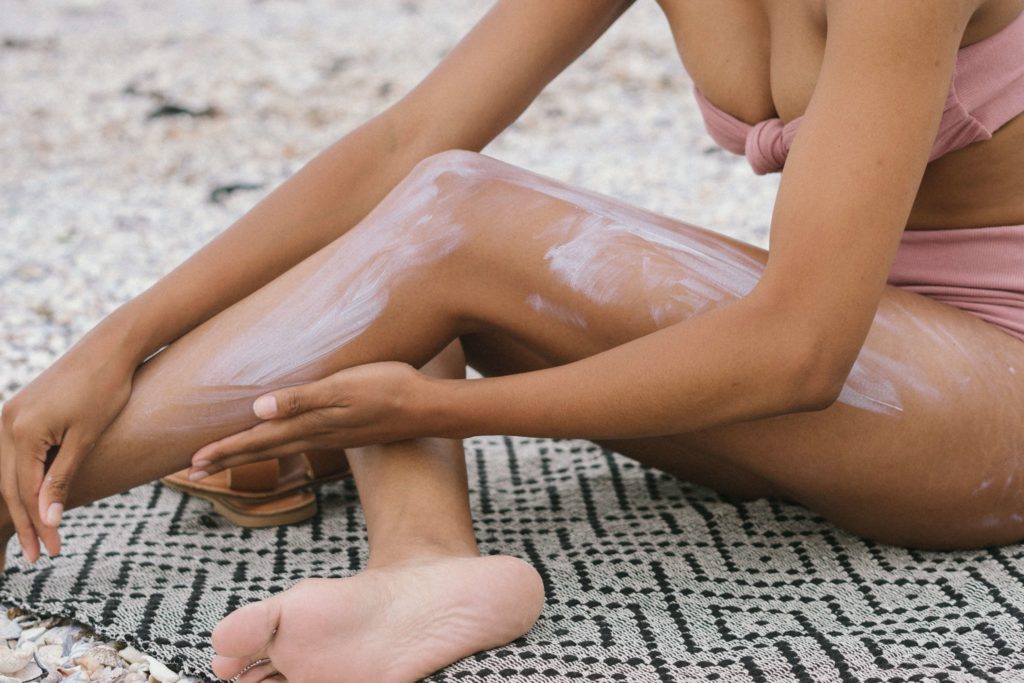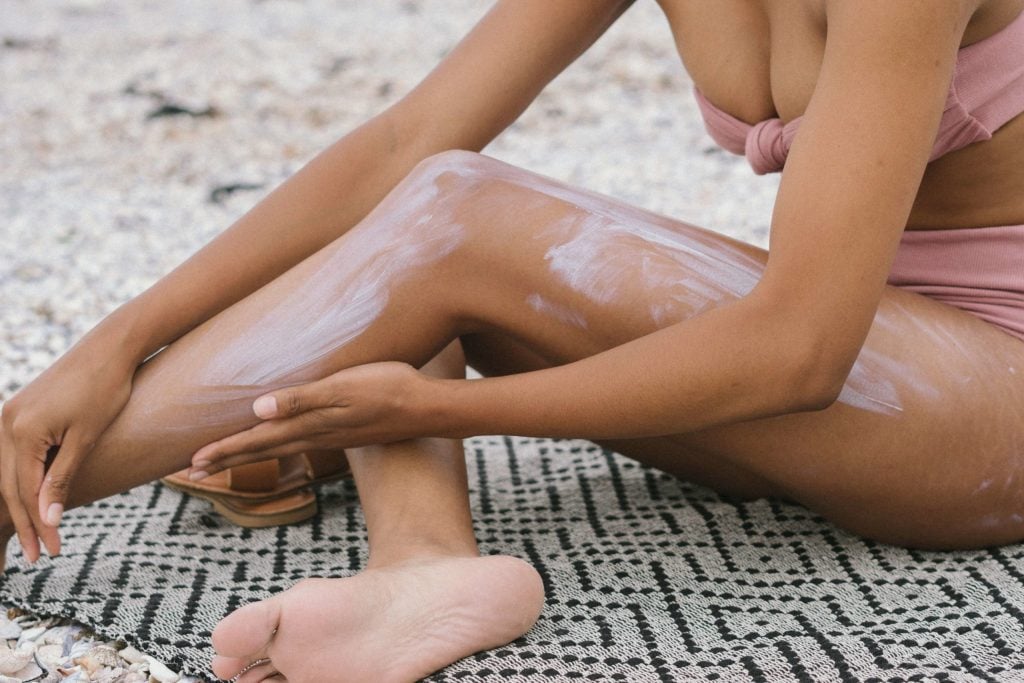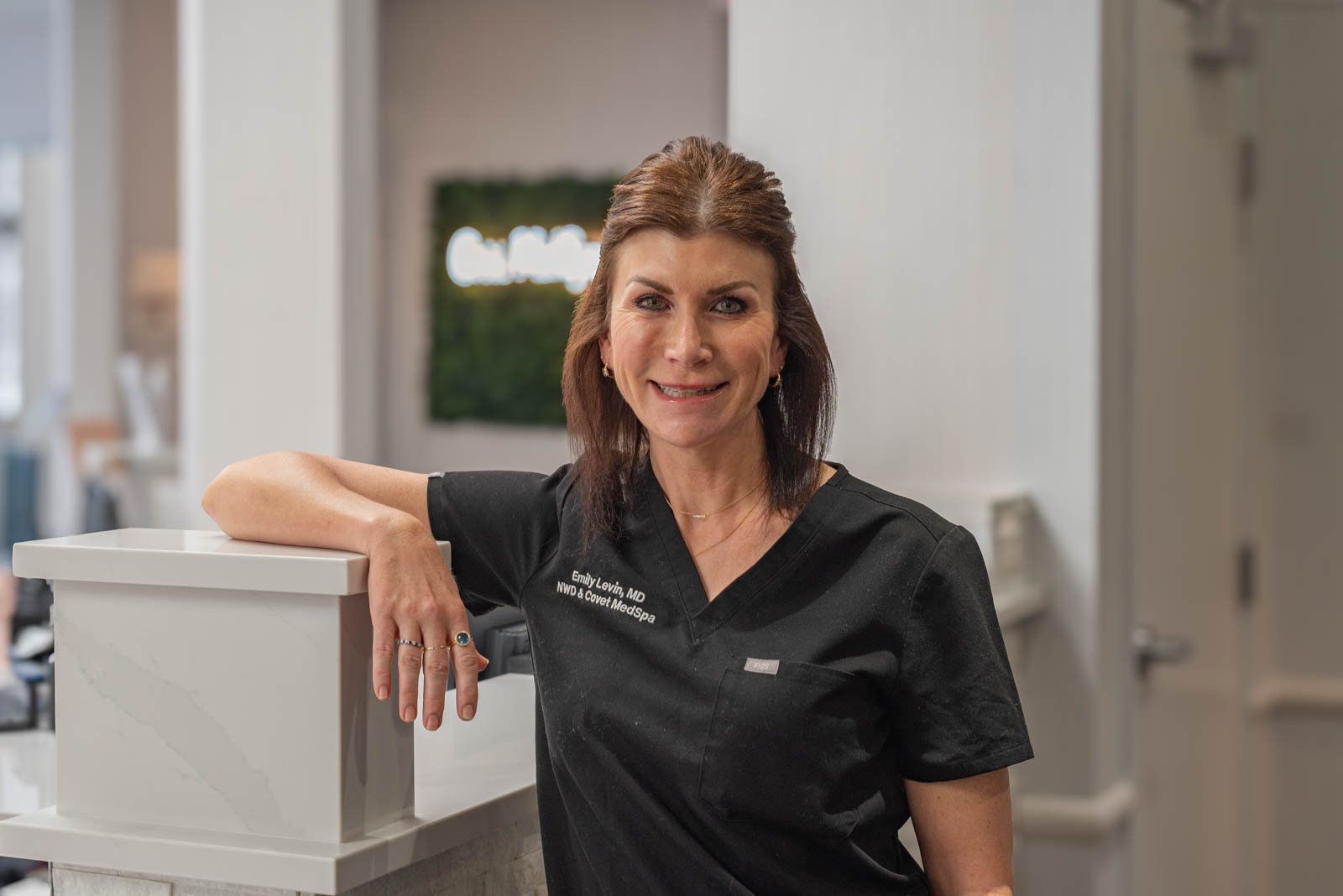Treating and Healing Sunburn – Here’s How
Let’s start with the obvious. The very best way to deal with sunburn is NOT to get it in the first place. Sure, the glow of the sun is warming and comfortable whether basking on a tropical beach, taking a bike ride through the country, or relaxing in the backyard.
But as we’ve all learned, our friend Sol has a downside, especially when overexposure to ultraviolet (UV) radiation leads to reddened skin, swelling, heat, discomfort, and pain. Inflammation to the point of blistering indicates greater damage to the skin. The reality is that sunburn HURTS! Even ONE bad sunburn can increase the risk of developing various forms of skin cancer. Premature aging, like wrinkles, spots, lines, and discoloration, can also result.
Still, sunburn happens. Maybe you’re unexpectedly outdoors for an extended period of time or run out of sunscreen or swim off your protection or forget about the ski slope glare. Often you don’t realize you’re burned until later because symptoms generally appear from two to six hours after exposure and can continue to develop for up to three days.
Certainly, you’re not alone when it comes to sunburn – one in three Americans gets sunburned every year.
You’re Sunburned. Now What?
Thanks to the remarkable restorative powers of skin, most sunburn eventually heals itself. But that takes several days to a week or more. Fortunately, you can make yourself comfortable in a number of ways while waiting for nature to come to the rescue.
- Keep skin cool and moist. A cool bath or shower soothes pain and redness; so does placing wet, cool towels on the burn. Reusable cold compresses and moist burn pads also work. Applying ointments containing aloe vera and other moisturizers relieves discomfort; creams with vitamins C and E may help limit damage to skin cells. While many such items are available over-the-counter, be sure to read labels and avoid petroleum jelly or anything oil-based; these substances block pores and trap heat and sweat. Products containing numbing agents like benzocaine or lidocaine are also bad because they can cause allergies and aggravate the burn. Avoid using soaps; many contain irritants and harsh chemicals. Putting ice on sunburn is also problematic; it can cause frostbite and damage the skin.
- Ease inflammation and pain. OTC medications such as acetaminophen and ibuprofen relieve pain and reduce swelling. Aspirin is OK for adults, but do not give to children or teenagers because of the risk of dangerous side effects. (Better yet, prevent childhood sunburn by limiting sun time, using protective clothing, and applying lots of sunscreen.) Cortisone creams can lessen inflammation for kids and adults. Staying hydrated is important to replacing fluids lost during extended sun exposure. Getting plenty of sleep helps the body heal.
- Be careful with blisters and peeling. Blistering means the body is trying to protect itself from further sun damage by forming an extra bubble or barrier on the surface of the skin. Blistered areas can be lightly bandaged to prevent irritation, but blisters should never be popped or scratched – that slows the healing process and raises the risk of infection. After several days blisters break on their own as skin flakes and peels. Peeling gets rid of sun-damaged cells so the new skin growing underneath can emerge.
- Be patient and sensible. Recovery from sunburn takes time, and there’s not much you can do to speed the process beyond staying relaxed, hydrated, and letting your skin breathe. To avoid further damage, stay out of the sun, don’t wear tight clothing, avoid heavy makeup, and stop smoking. Always stay away from tanning salons, beds, and lamps; such devices burn, just like the sun, and often even worse! Even mild cases of sunburn take up to a week to heal, with factors such as age, overall health, chronic illness, and other conditions extending the healing process.
- Know when to seek professional help. Circumstances such as severe sunburn covering more than 15% of the body, very large blisters, purplish discoloration of skin, fever of more than 101F, chills, dehydration and extreme thirst, disorientation, dizziness, headache, heatstroke, nausea, rash, and severe pain require immediate medical attention. Nerves may be damaged, the patient could go into shock, infection is a risk. While such cases are unusual, sunburn this severe should be treated by medical professionals. You should always follow up with a board-certified dermatologist after having a sunburn as these areas are at a higher risk for skin cancer.

Why Protecting Yourself from Sunburn Is So Important
Sunburn is red and painful for reasons having to do with how your skin works. When exposed to UV radiation from the sun, the skin protects itself by making more of the pigment melanin, which determines skin tone. When there is more radiation than the skin’s melanin can cope with, the redness, warmth, and tenderness of sunburn occurs.
That inflammation is nature’s way of telling you your skin is damaged. First-degree sunburns are most typical, affecting only the top layer of skin. Blistering and pain indicate second-degree sunburn, penetrating to the next layer of skin. Three-degree sunburn is rare and serious, with UV radiation reaching the fat layer and deadening nerves deeper below. Since melanin varies widely – fair-skinned people have less of it and can begin burning within minutes; darker skin may tolerate longer times of exposure before damage sets in – sunburn is a very individual thing.
The best approach to sunburn is to avoid it. Doing that is simple when you keep the S formula in mind, even during cloudy days and throughout every season of the year.
- Slip on sun-protective clothing with long legs and sleeves.
- Slide on sunglasses with UV protection.
- Slap on a broad-brimmed hat that protects face, head, neck, and ears.
- Slop on broad-spectrum sunscreen of SPF 30 or higher and reapply every 45 minutes to an hour.
- Seek shade.
- Stay out of the sun between 10 a.m. and 4 p.m. when rays are strongest.



